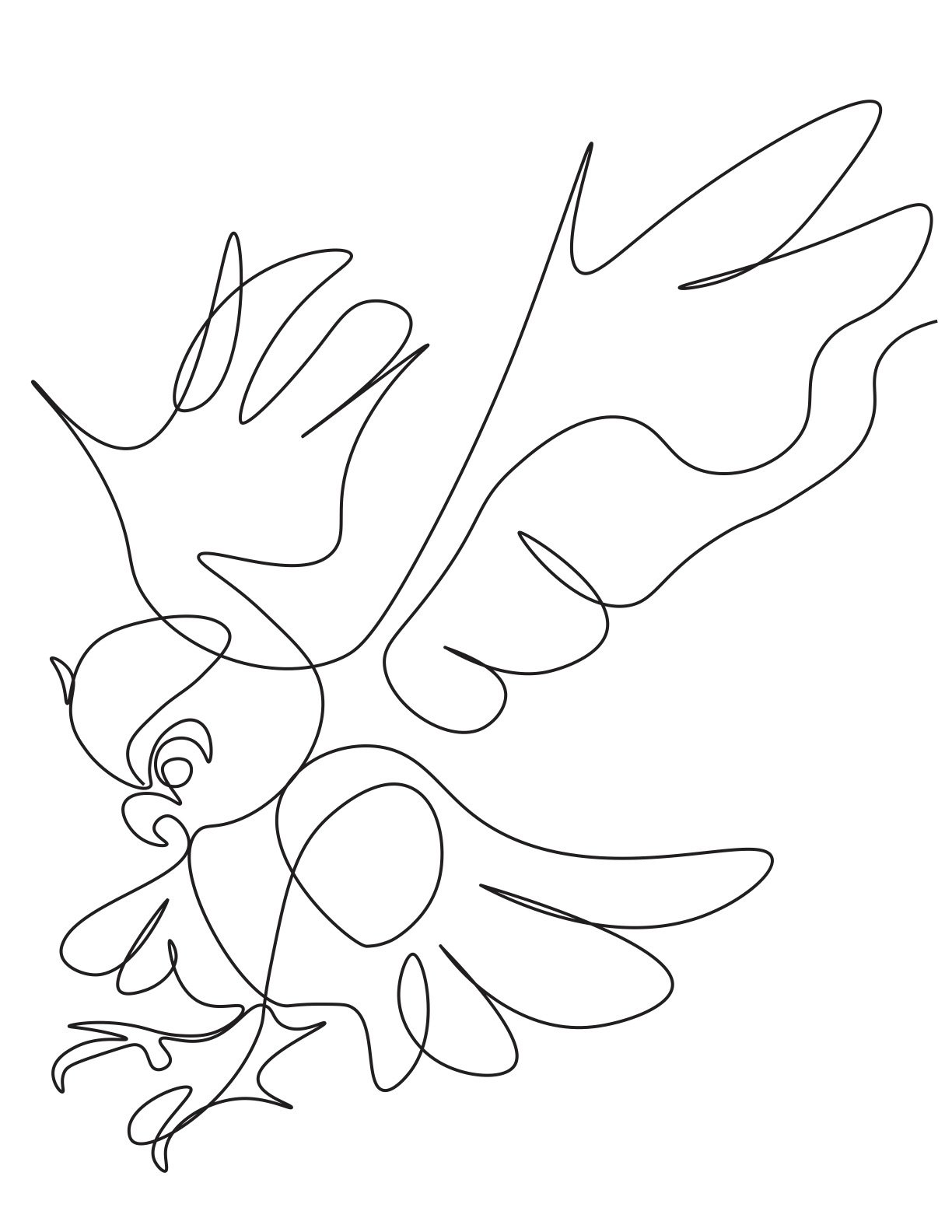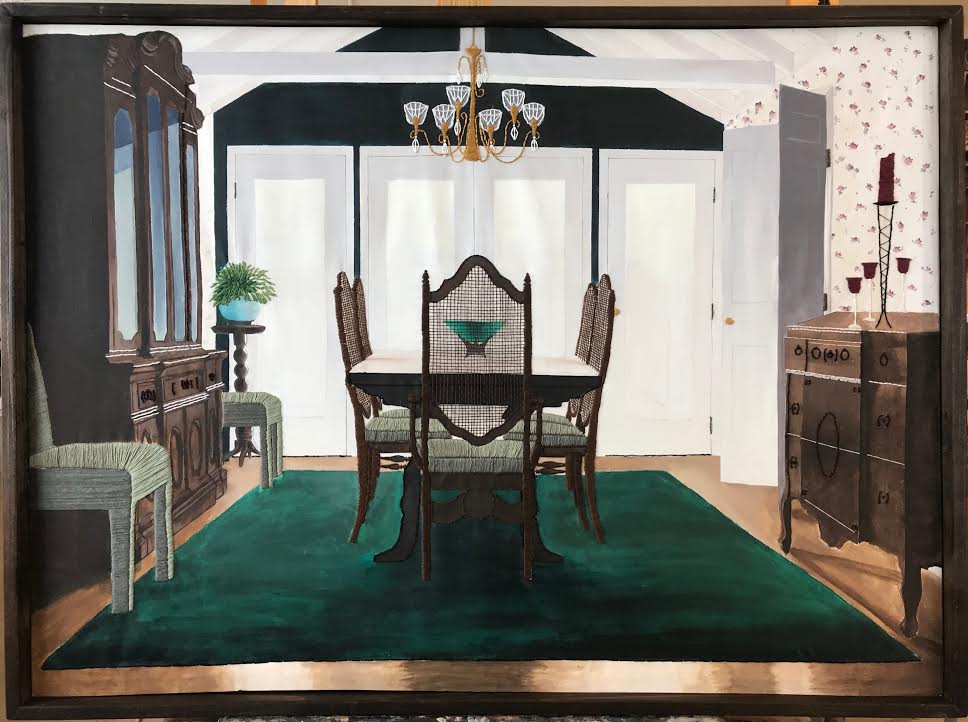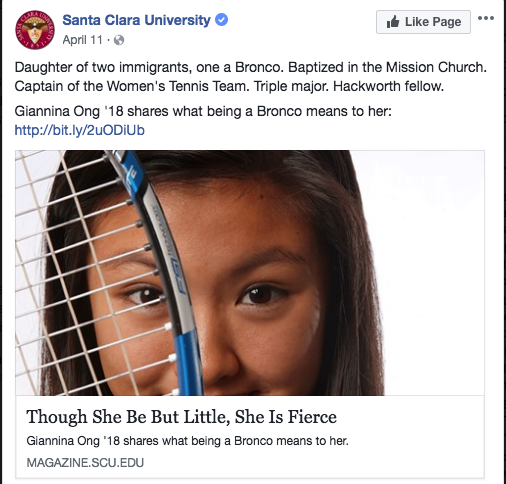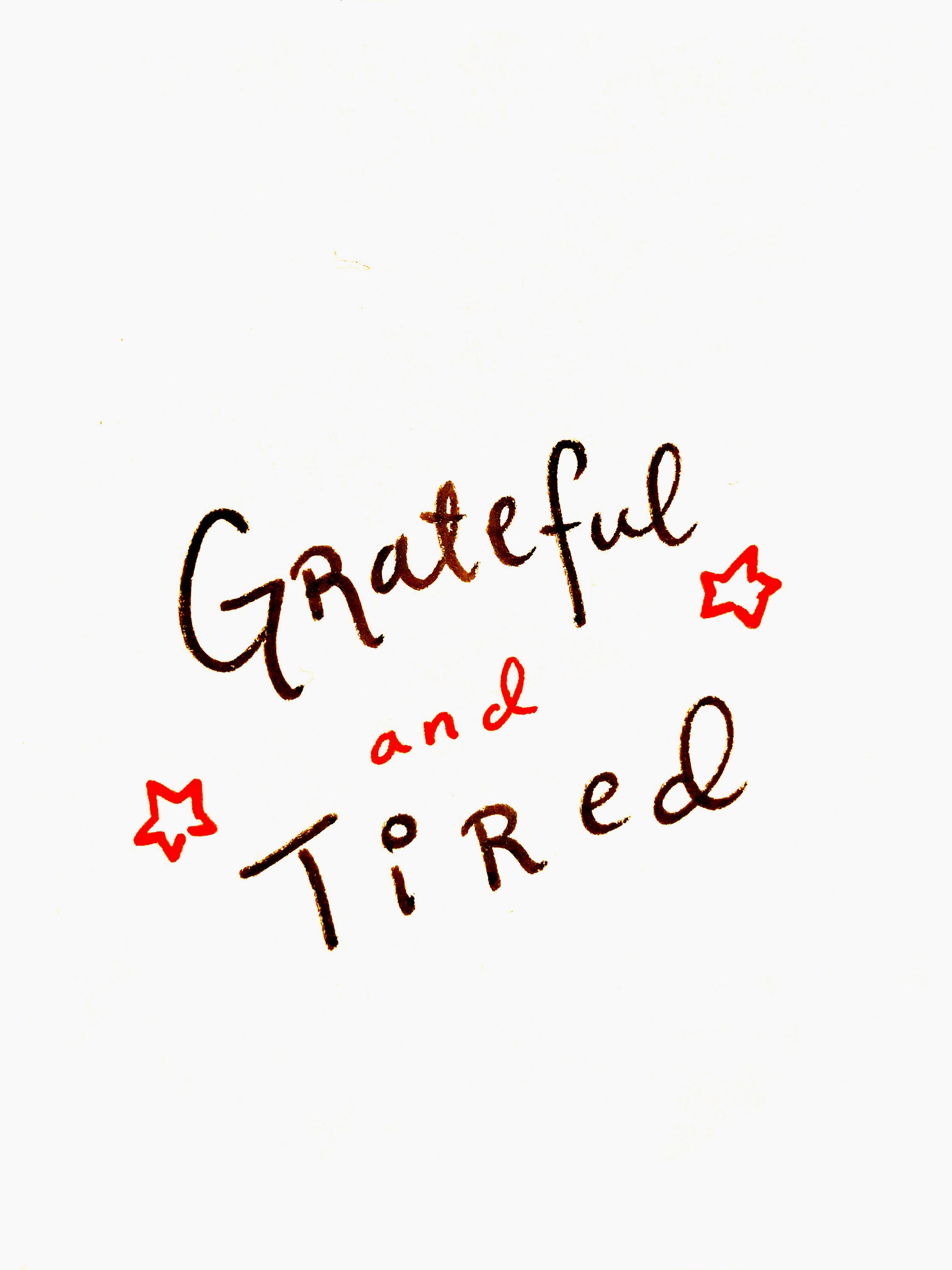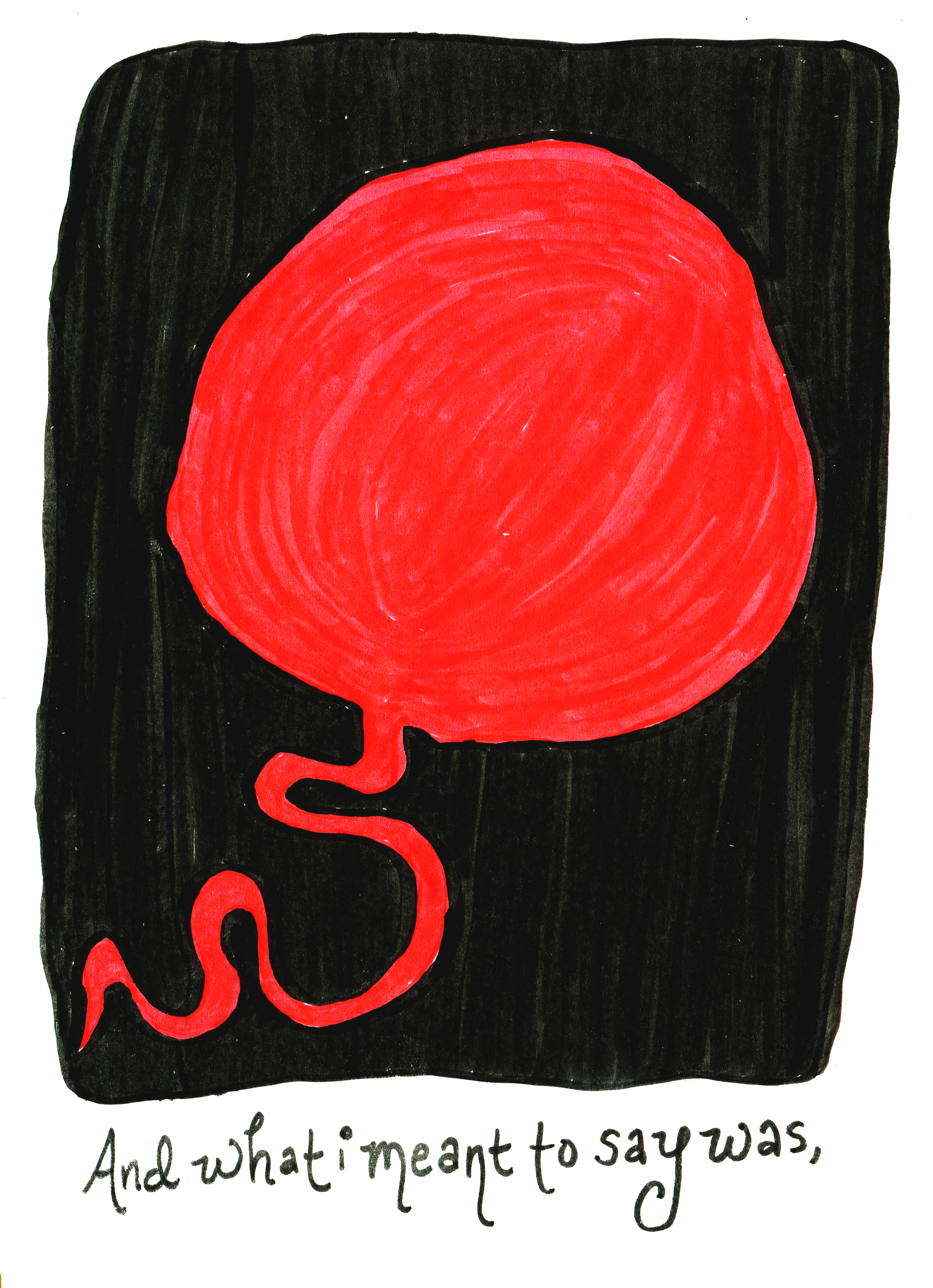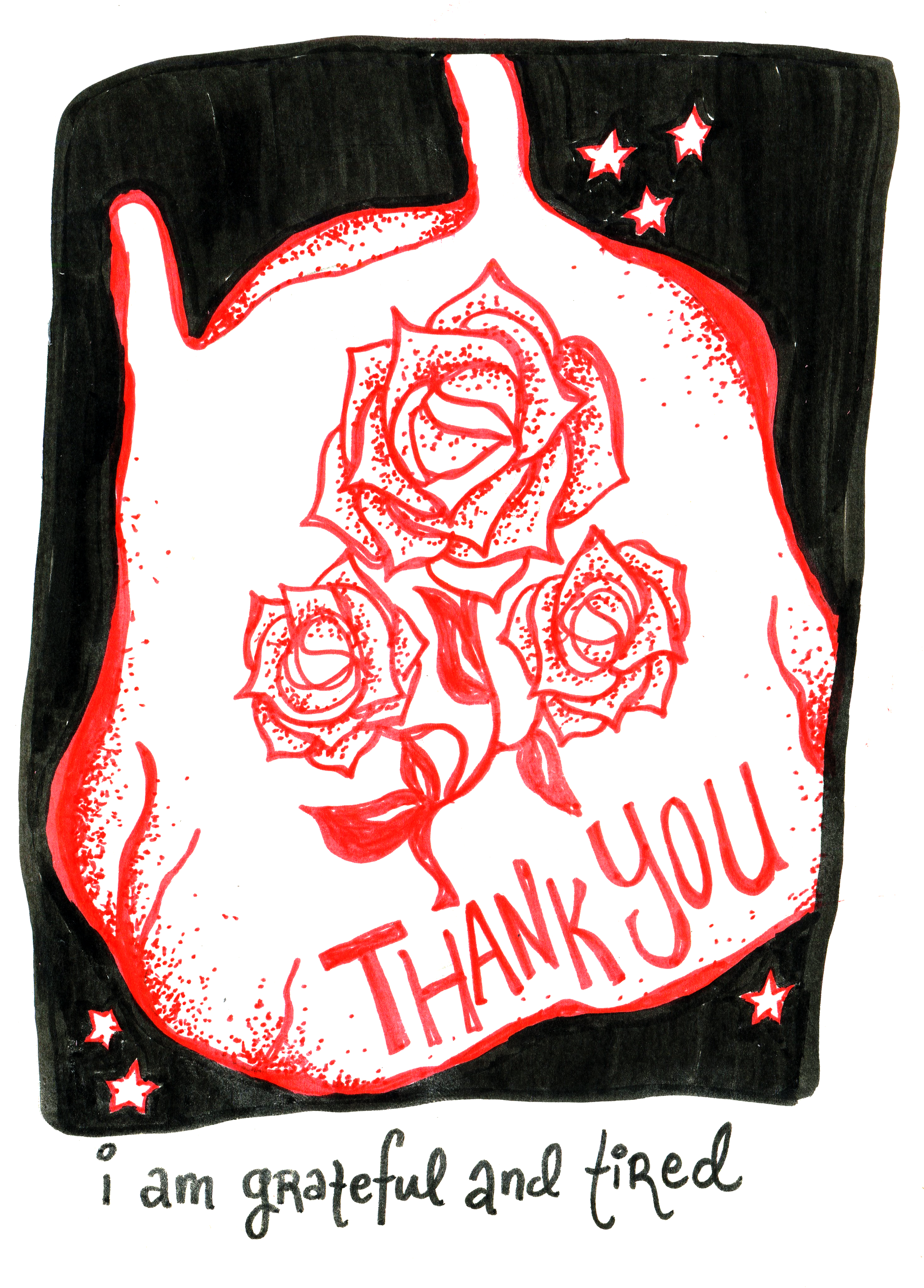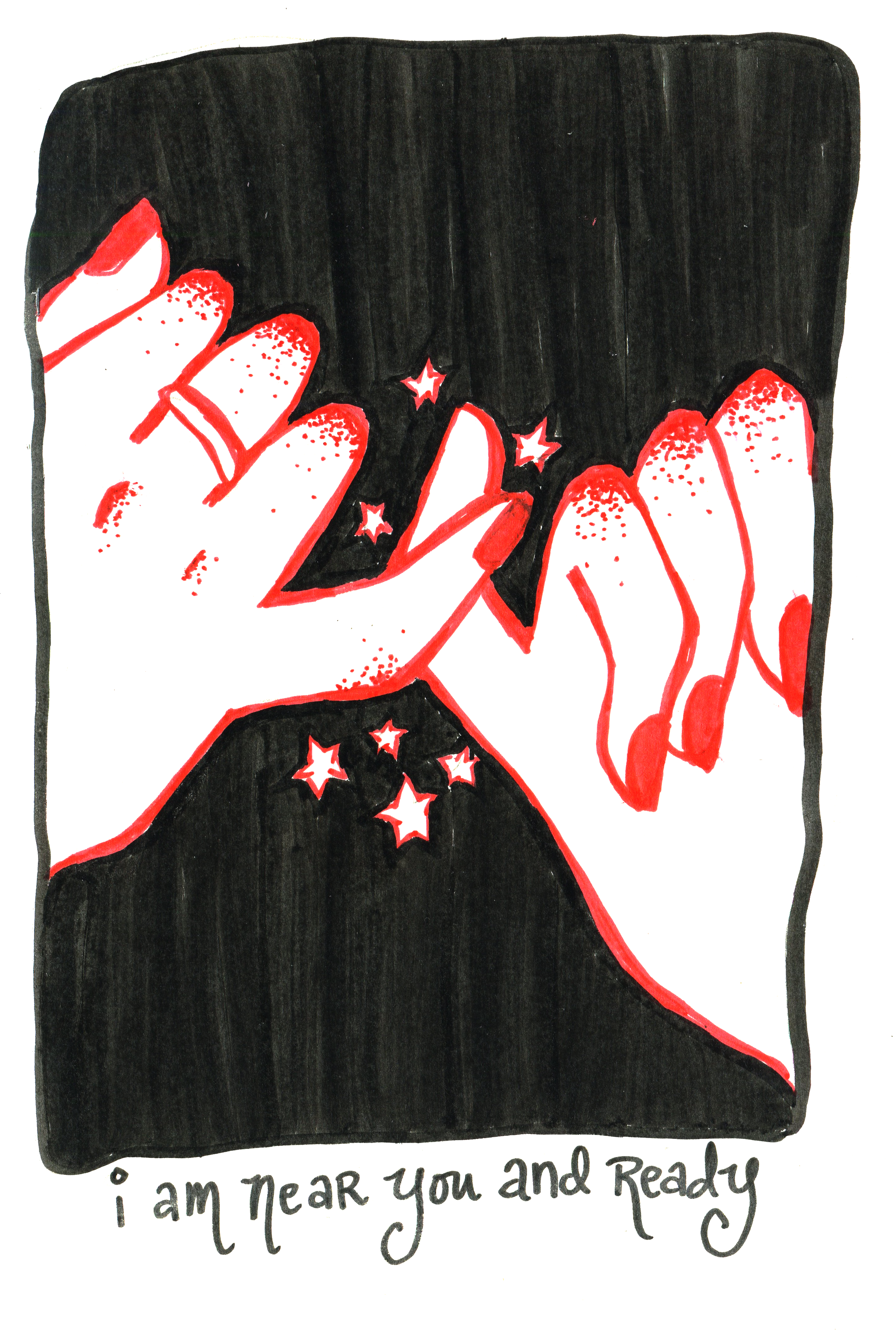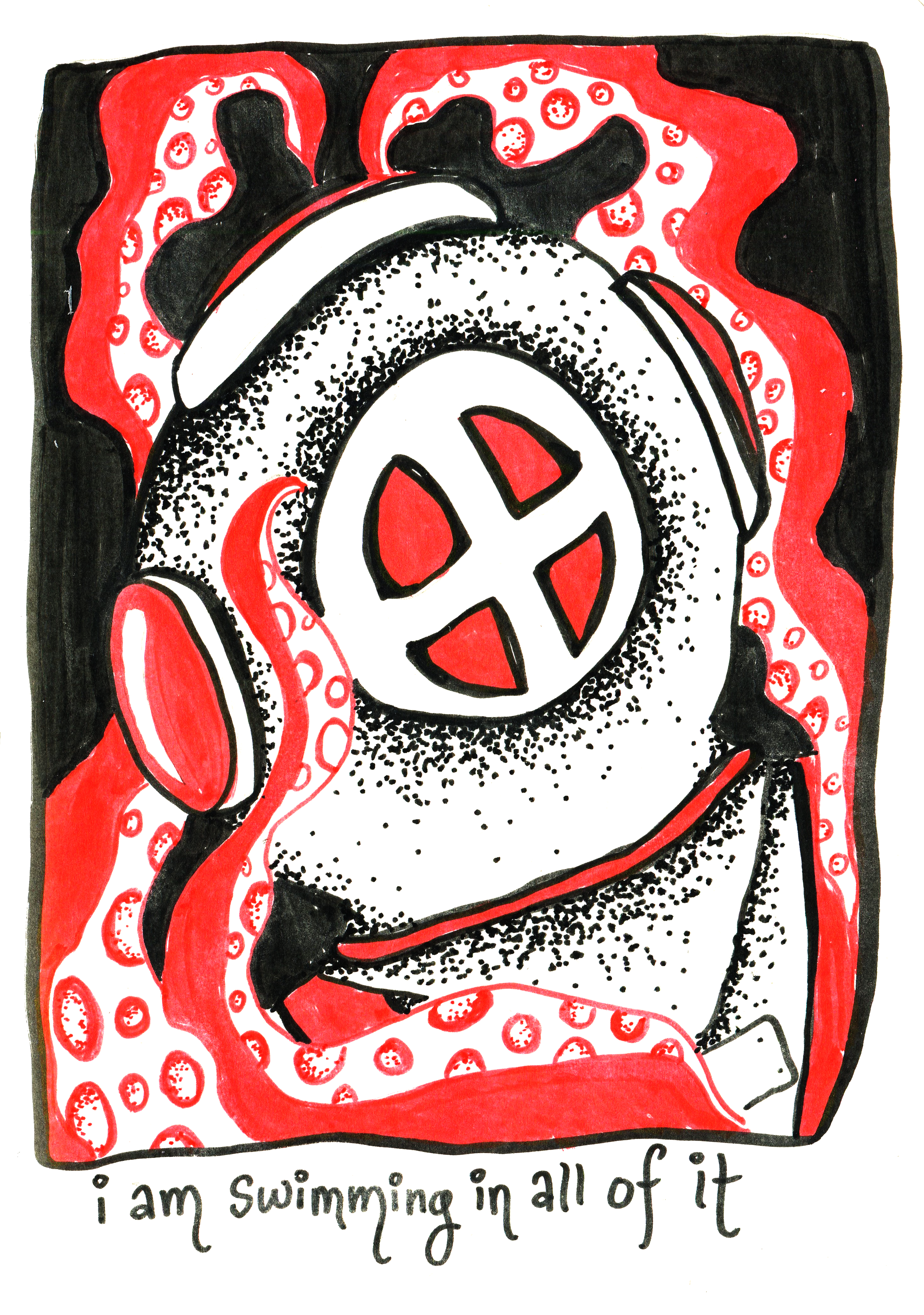National September 11 Memorial and Museum
by Ally O'Connor
While in New York City last year, I had a chance to visit the National September 11 Memorial and Museum. The experience of walking around the memorial fountains and through pieces of the fallen buildings and the buildings’ footprints, hearing voice recordings of men and women aboard the four planes or in the Twin Towers, and seeing an even more personal side of the devastating event was chilling.
The lobby of the museum reminds visitors of a more general summary of the terrorist attacks, telling the story of the four hijacked planes that flew into the North and South towers of the World Trade Center complex in New York City, the Pentagon in Washington D.C., and a field in Pennsylvania. The entrance also has a wall-sized image of the perfect blue Manhattan skyline just minutes before the attack, captured by an amateur photographer who was simply chronicling a beautiful day.
Following the lobby area, the museum leads multiple stories down below ground level, to the base of the famous fountains, where visitors can see the roots of both buildings, pieces of concrete and metal that once held up the Twin Towers. Standing in the exact spots where such devastation occurred makes the museum experience even more emotional. It is heartbreaking to know that so many innocent people died where I stood.
The two parts of the museum are built inside of the remaining concrete foundation, exactly where each of the North and South towers once stood. The North Tower footprint holds the historical exhibition, that explores the events that led up to the attacks, chronicles the the day of the attacks, and describes what occurred after the attacks. Because 9/11 took place only a little over sixteen years ago, technology was advanced enough at that time that the museum is truly able to place you back in that day. There are television screens all around with endless loops of videos of news stations and live television shows interrupting their planned programs to announce that the first plane had flown into the North Tower, and displays where I could pick up phones to listen to peoples’ last conversations or radio transmissions. Listening to flight attendants in the first plane as they came to understand the situation was terrifying. I remember one female flight attendant sounding so afraid and informing whoever was listening that they were flying very low. In this room, I also remember listening to a message that a man left his wife, letting her know that his flight had been hijacked and he was not sure if he would make it home. His voice was shockingly even in tone as he told her how much he loved her and his family, and encouraged them all to “go do good.”
As my family and I progressed through the historical exhibition we found in-depth research on the planning of the attacks by al-Qaeda and Osama bin Laden. It was frightening to imagine how this group could in any way rationalize killing so many people. Something that caught my eye in this section was a video of the terrorists on one of the four flights proceeding through airport security: a circle identified the two men as they were checked and then walked away calmly to commit a heinous crime.
The museum contained thousands of graphic images that made my stomach turn. I watched people jump from the towers above the points of impact because they had determined that there was no way out. I saw videos from the streets and heard people scream. It is so hard to believe that it was real and that these innocent people will never get their lives back.
One image from the North side of the museum still has not left my mind. There were walls and rooms devoted to New York City Police and Firefighters, and on one wall there was a photo taken of a set of stairs inside a tower. In the photograph, there was a line of employees rushing down the stairs, while a young firefighter was rushing up. He couldn't have been older than I am now. Next to the photo was a quote on the wall from one of the employees who made it safely out of the building, but observed this young man on his way down: “I knew that he was going up to die, and I was going down to live.” 343 Firefighters lost their lives that day, altruistically helping and saving others. I will never forget that young firefighter’s face.
The second half of the museum, within the footprint of the South Tower is the memorial exhibition. The walls are covered with the faces of the 2,996 men and women who died as a result of this act of terror. In the middle of the exhibition, there was a dark room with a projector screen that endlessly listed the deceased. The film listed each person’s full name and showed pictures of them with their families and friends. It also included a short paragraph about each person’s age, job, interests, and other personal information. Some individuals even had short audio clips from family members talking about their loved one’s lives. It was mesmerizing to get to know these people even in the smallest way, to see their children or their hobby of skiing with old friends. They are real, but they are gone.
The National September 11 Memorial and Museum pays tribute to all of these people in the most respectful way. It is an emotionally challenging location to visit, but well worth one’s time. In the middle of the museum and on a background of 2,996 individually colored blue tiles (representing each unique person lost and that morning’s blue sky) is a phrase by Virgil: “No day shall erase you from the memory of time.” These people and this day will never be forgotten—the lost will be honored forever.
